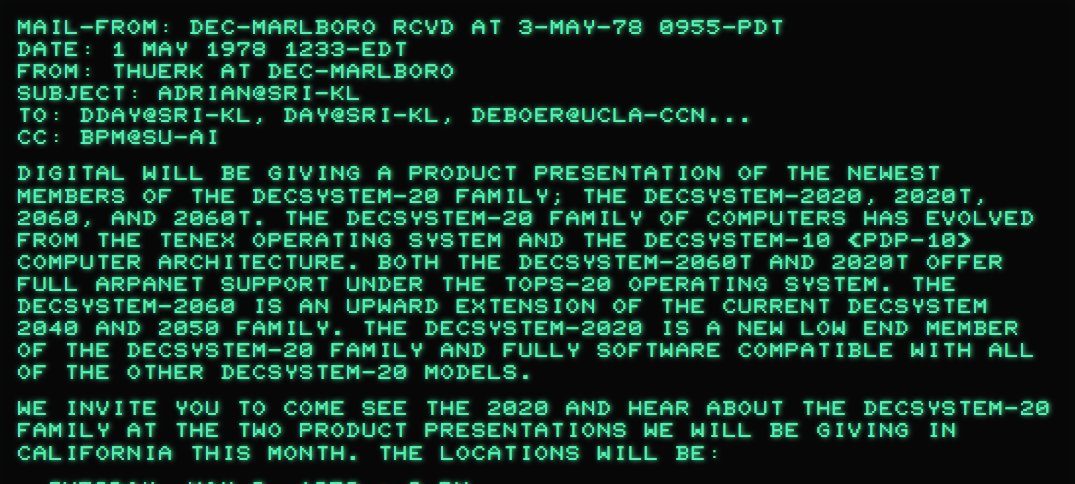Organic traffic: Quo vadis?
Volatility and abrupt change are no longer confined to politics. Online, too, the ground is shifting. According to DataReportal, even digital juggernauts are experiencing steep declines in organic traffic: between March 2022 and March 2025, Wikipedia saw a drop of 22.7%, the New York Times 31.7%, and the BBC 27%. HubSpot, in particular, made headlines after losing between 50% and 80% of its search traffic within just a few months.
The causes? Hard to pin down. A new Google algorithm? The content glut unleashed by generative AI? Or the rise of “zero-click” searches à la Perplexity? Most likely all of the above. What is clear is that smaller websites with limited budgets are finding it harder than ever to stay visible online.
As one web designer recently put it: “I’ve never had so many newsletter requests in my entire career.” He’s not alone. According to DDV’s 2025 Email Marketing Benchmarks, nearly 30% of companies in the DACH region increased their email send frequency last year. Newsletters, once declared obsolete in the heyday of social media circa 2010, are enjoying something of a renaissance. And for good reason.
Solid conversion potential
The chief advantage of email is its direct, unfiltered line to the customer. According to a recent Zerobounce study (2025), 93% of respondents check their inbox daily, and roughly 42% do so three to five times a day. With such regular attention paid to personal email, a well-managed mailing list becomes a powerful asset—your audience is, metaphorically speaking, already at the door.
To be sure, not every newsletter gets read. In 2023, average open rates in the DACH region stood at 36% (Brevo). Modest? Perhaps. But in comparison to social media’s dwindling organic reach, that number is impressive. Unsurprisingly, email continues to enjoy high favour among marketers: in a 2023 survey by Litmus, 41% of respondents cited email as their most effective channel.
Measurable and manageable
Another strength of email marketing lies in its transparency. Even without technical know-how, key metrics such as open rate, click-throughs, forwards, and unsubscribes are easy to track. Most mailing tools now offer built-in analytics, offering a clear picture of what resonates—and what doesn’t. The feedback loop is fast, data-rich, and actionable.
Personalisation through automation and AI-assistance
Thanks to recent advances in AI, acting on these insights has become markedly easier. Generative models can support content creation, suggesting topics based on past open rates, recommending subject lines, optimising send times, and enabling nuanced audience segmentation. With A/B testing and automation now standard features, messages can be tailored to individual recipients—without requiring an entire team.
A note of caution is in order, however. The phrase “AI-assistance” was chosen deliberately. While AI can reduce effort, the real value of a newsletter lies in its human touch: thoughtful phrasing, editorial judgment, and a feel for tone and timing. These remain as essential as ever.

Platform independence and data sovereignty
Recent years have made one thing abundantly clear: nothing online is guaranteed. Building a community demands effort, creativity and consistency—yet platforms like Meta, LinkedIn or TikTok provide no clarity on who actually sees your content. Algorithms change, visibility fluctuates, and interactions often remain superficial.
More importantly, your audience is tethered to the platform, not to you. Delete an account, and your followers may vanish with it. Whether they will follow you to Bluesky—or wherever comes next—is uncertain.
Newsletters offer a fundamentally different proposition. Mailing lists grow slowly, but they belong to you. You can switch tools without losing your audience, and most subscribers won’t even notice. In an age where social media feels increasingly capricious, the stability and ownership that email provides is a welcome anchor. If communication channels were investment assets, newsletters would be akin to cash or gold: independent, liquid, and resilient.

